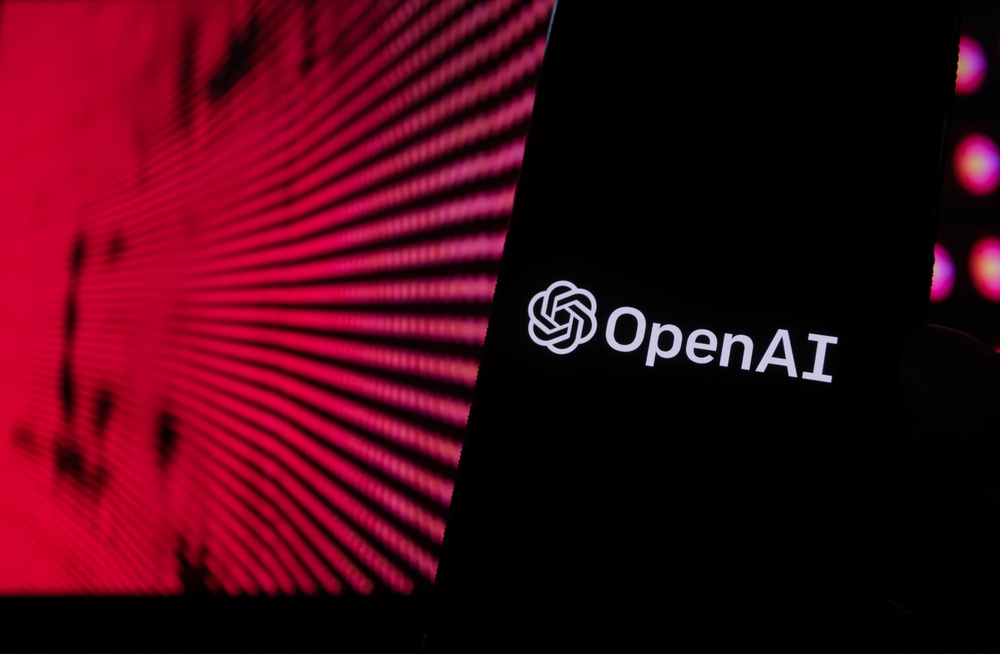The Sam Altman-led OpenAI unveiled the flagship test-to-video generation model that garnered a strong reception among social media users over its realism. The model revealed in a Thursday, February 15 publication by OpenAI is identified as Sora, capable of creating detailed videos using simple text prompts.
The Microsoft-backed firm behind the ChatGPT model indicated Sora’s unreadiness for public release, admitting several flaws. The model is said to continue existing videos and create scenes using a still image.
Sora’s revolutionary nature is evident in the capability to generate 60-second videos that feature highly detailed scenes. Also, the videos integrate the complex camera motion while infusing multiple characters with vibrant emotions.
A review of the February 15 publications shows that the Sora model can create movie-like scenes that feature 1080p resolutions. The scenes integrate multiple characters, varying motion types, and accurate background and subject details.
Sora Working Mechanism
Sora leverages the diffusion model similarly used in running the image-based predecessor – Dall-E 3. The diffusion involves a generative AI model that realizes its output by creating images and videos using input that seems like static noise and subsequently eliminating such noise.
The AI firm illustrated that Sora leverages the past findings in ChatGPT and Dall-E 3 models. As such, the OpenAI targets refining the model to represent user inputs better.
Sora Model to Resolve Faulty Experiences
OpenAI confessed that Sora is not yet ready for public release, indicating that it features several weaknesses and likely would struggle to simulate physics witnessed in complex scenes accurately. In particular, it would struggle to muddle up cause-and-effect nature.
The Altman-led firm indicated that someone biting a cookie should reveal such bite marks. Sora has yet to deliver the cause-and-effect, hence unable to simulate the physics in the process.
The San Francisco-based firm illustrated that Sora is vulnerable to confusing the spatial details. Such arises when it mixes up the lefts and rights in a prompt, thereby being unable to follow the directions precisely. Such confusion could leave Sora accidentally generating physically implausible motion.
OpenAI indicated that the generative model is available to the red teamers, identified as the tech parlance involved in cybersecurity research. The red team examines the critical areas vulnerable to harm and risks.
OpenAI indicates that the Sora model is available to select designers, filmmakers, and visual artists whose feedback will offer collective input to advance the model.
The Sora model was unveiled after a December 2023 disclosure by Stanford University lashing out at AI-powered image-generation tools that leverage the AI database Laion was training on thousands of images. However, the images are prohibited child abuse material.
The disclosure by the Stanford University report raised critical ethical and legal issues regarding text-to-image and video generation models.
Social Media Users Excited on Sora Capabilities
The revelation of Sora’s capabilities through dozens of videos demonstrating its output. The demos have circulated showcasing the Sora in action, leaving it to trend on posts approaching 200,000.
OpenAI chief shared the demos attained from the new generative model. The illustrations captured custom video-generation requests from X users, with Altman showcasing diverse Sora-generated videos. The demos feature a duck on the dragon’s back and golden retrievers who appear to record the podcast on the mountaintop.
A review of the AI commentary by Mckay Wrigley admitted Sora’s surprising capability. The argument garnered the support of Nvidia lead researcher Jim Fan, who faulted individuals who likened Sora to Dall-E 3 in a subsequent post on February 15. He ruled out Sora being the usual creative story.
Fan considers Sora less of a video-generation tool and more of a data-driven physics engine. The AI model goes beyond generating abstract video but also deterministically delivering the physics of objects within the scene.
Editorial credit: Camilo Concha / Shutterstock.com
